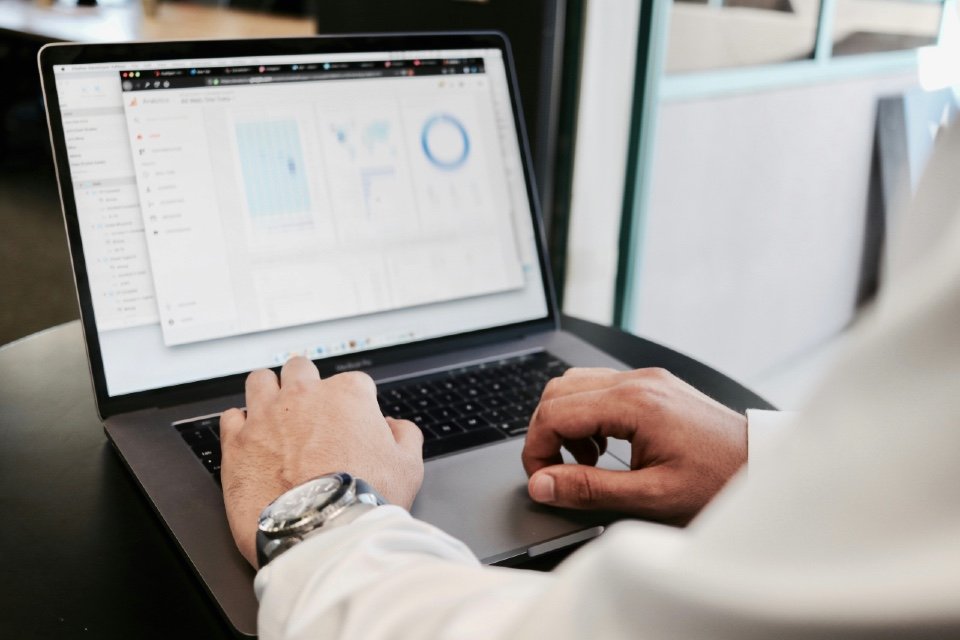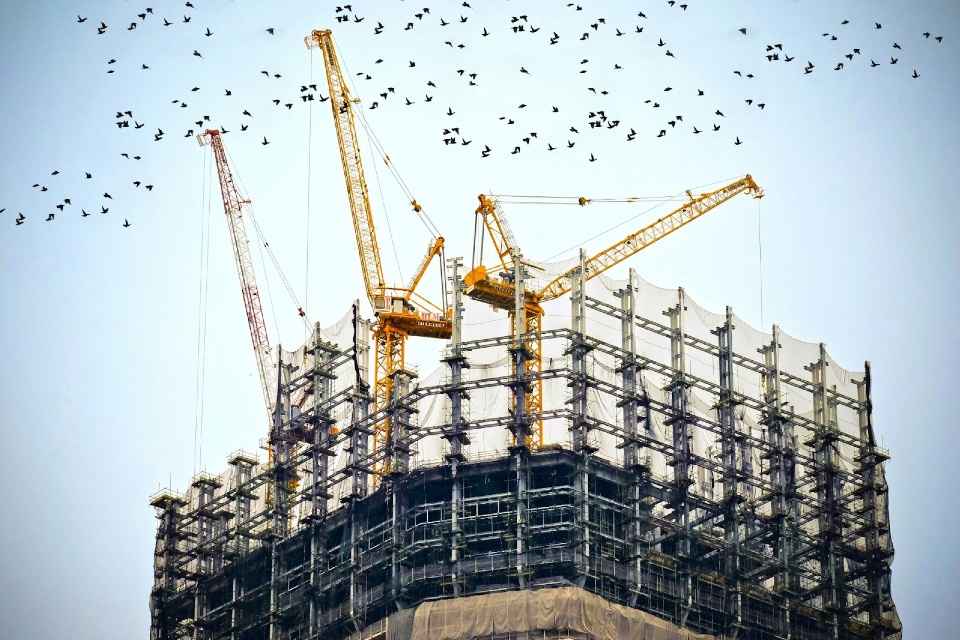A new report delivers what it calls the best estimate of the global market for physical security products going forward to 2025, based on two scenarios.
In March 2020, The World Health Organization declared COVID-19 a global pandemic. Within a few weeks, it was clear that the pandemic was highly likely to cause the world’s worst recession in the last 100 years. In June 2020, the World Bank published a baseline forecast envisioning a 5.2% contraction in global GDP in 2020.
The report from ResearchandMarkets says that, at this time, COVID-19 has been having second spikes in Q3 / Q4 and several countries are experiencing rolling lockdowns and believes its 2nd scenario looks more feasible where global markets take around a year to return to some normality and mass global adoption of a vaccine is achieved within 18 months. The publisher believes this has a probability of 65%.
Based on its Scenario 2, growth will recover by Q3 2021, and by the end of that year it will have grown by nearly 3%. However, different rates of growth apply in each of the 3 businesses and geographic territories. The analyst forecasts the market will reach over $42Bn by the end of 2025 at a CAGR of 6% over the next 5 years.
China continues to increase its share of the physical security product market. The Chinese market has grown rapidly through a boom in new construction and ‘Sharp Eyes’ surveillance projects driven by the public sector. However very little of this vastly expanding market is accessible to overseas manufacturers, nor is it likely to be in the foreseeable future, with ongoing political and trade tensions between the US and China.
Key Impacts of Covid-19 Pandemic on Physical Security:
- Above all the COVID-19 outbreak will force suppliers to radically rethink how they operate their business, in particular resilience to externalities. In parallel, there will be lessons to learn on having a more coordinated and resilient supply chain. The Video Surveillance business is too dependent on Chinese OEMs and component manufacturers. With many of these factories closed for the first two months of 2020, it caused temporary supply chain issues.
- The pandemic has created a demand for new solutions to help control the spread of the virus. Physical security products have risen to the challenge, helping to implement social distancing protocols through existing access and video systems with AI-powered analytics. Thermal cameras have also been deployed to measure people’s temperature, with demand being strong. However, their usefulness has been questioned, with the World Health Organisation saying that on its own temperature screening “may not be very effective”.
- The report estimates that the total value of world production of Physical Security products at factory gate prices in 2020 will be $31.7Bn, a decline of over 7.5% on 2019. Sales declined over the first 3 quarters of 2020 as a result of COVID-19. This has stopped 11 consecutive years of growth.






